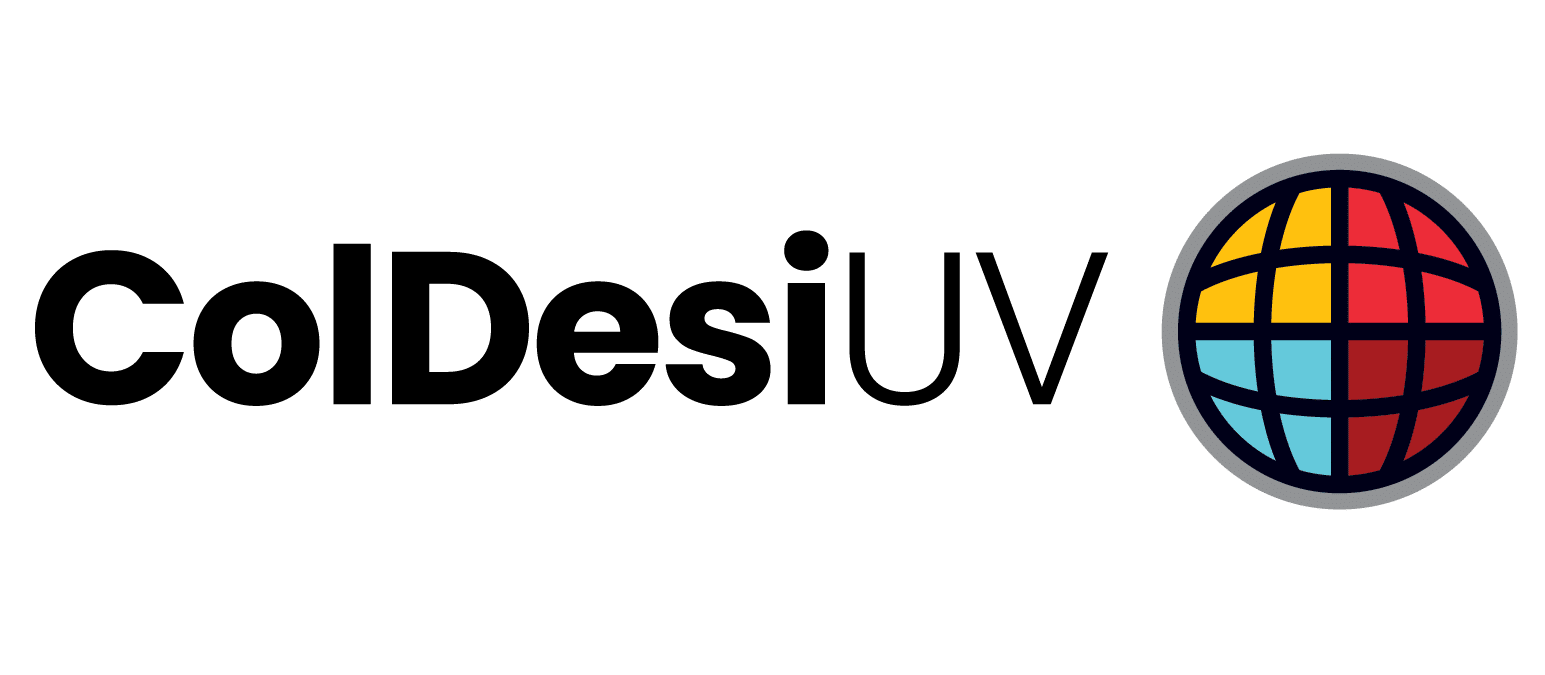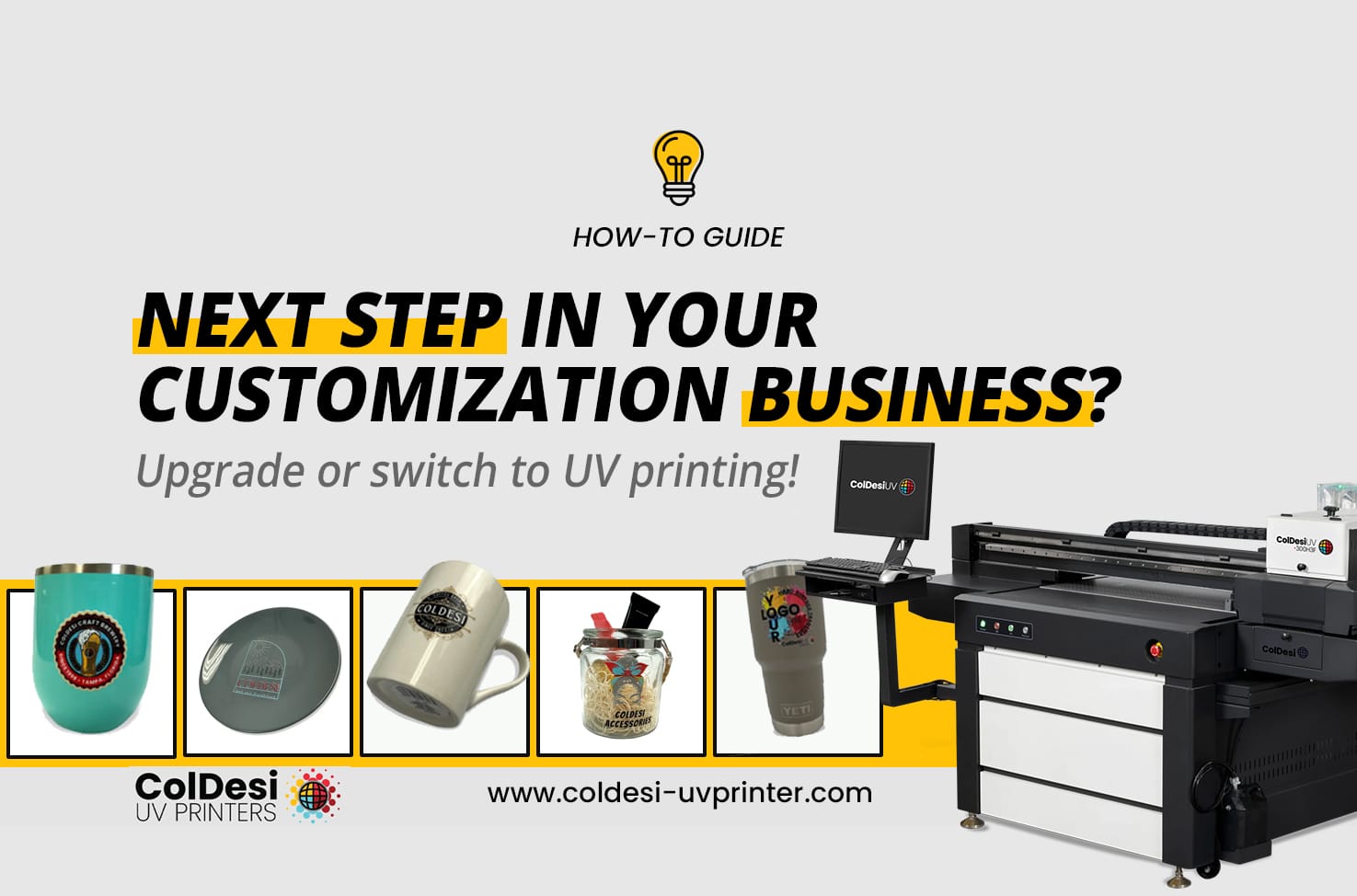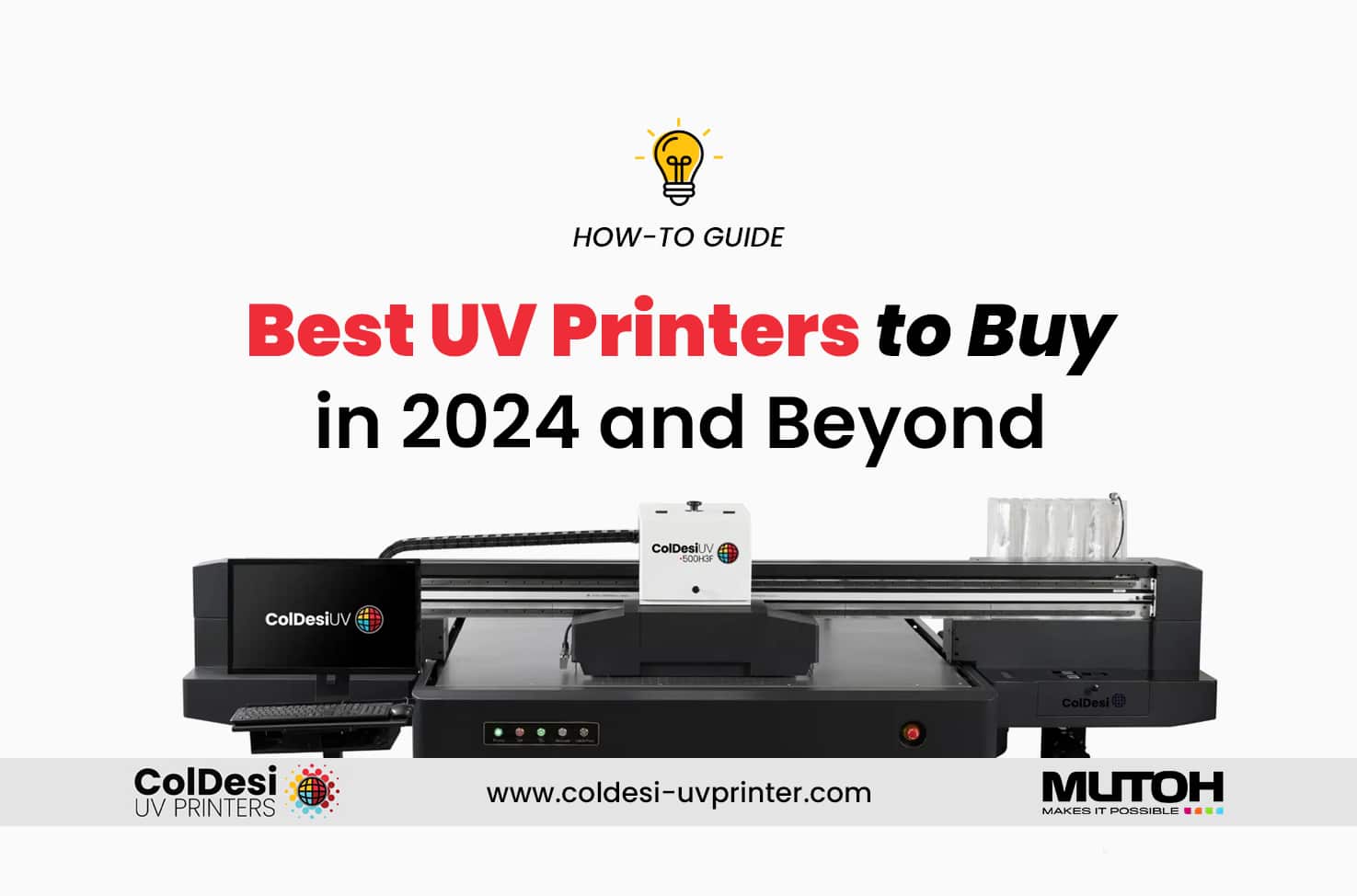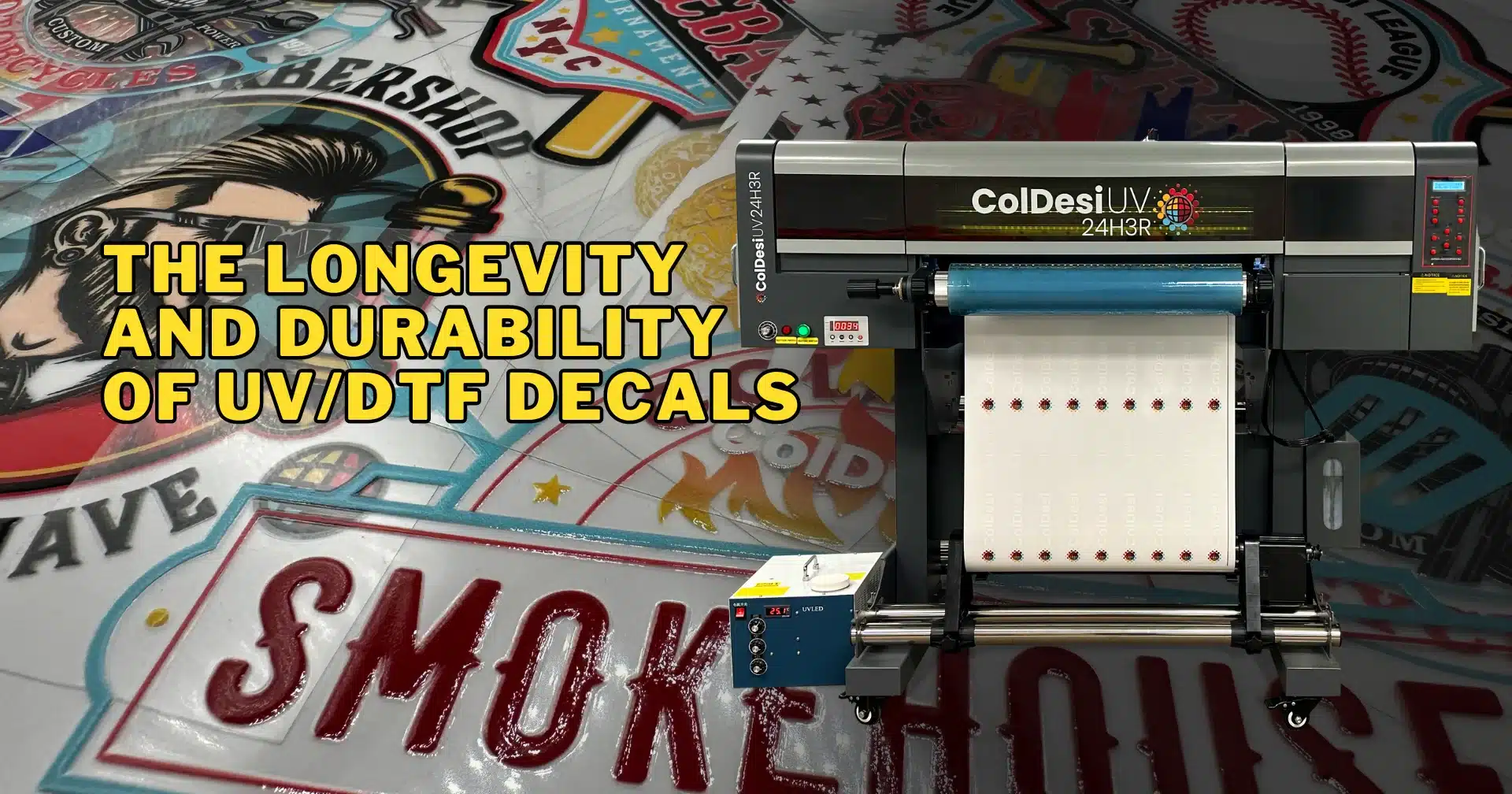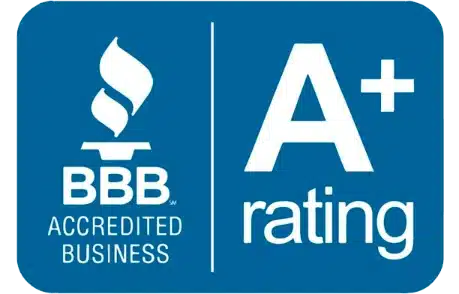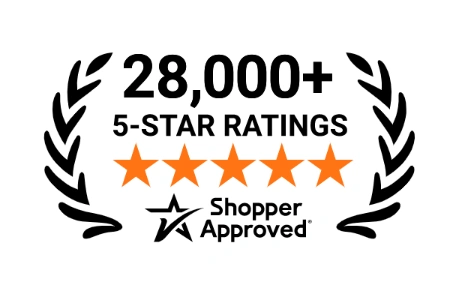For a significant majority of users wanting to benefit from digital print technology, it was the advent of UV-curable ink chemistries that turned wishful thinking into reality. Although long-established in analog environments, there were challenges that needed to be met with these formulations before truly practical engines could move into the mainstream inkjet market. These started by bringing UV potential into the rapidly expanding wide-format segment around the year 2000, starting a universal sea change in how to display and point-of-purchase applications could be produced directly to rigid materials. In subsequent years this vital technology has diversified to the point where UV-curable practicalities are no longer restricted to ink products but apply across a broad range of industries where deposition of different fluids plays a cogent role.
These challenges presented to manufacturers of UV-curable engines have been many and varied and continue to expand as production needs become more versatile and time-sensitive. There are, of course, alternative ink technologies that are suitable for specific applications, such as textile and garment arenas, the photographic and fine art markets, and jobs where solvent or latex chemistries provide adequate results. But, for the most part, the use of ultraviolet energy and its incorporation into present-day printing equipment in the form of ink and curing has led to a transformation in printing machines that handle not only decorative but also functional and industrial processes.
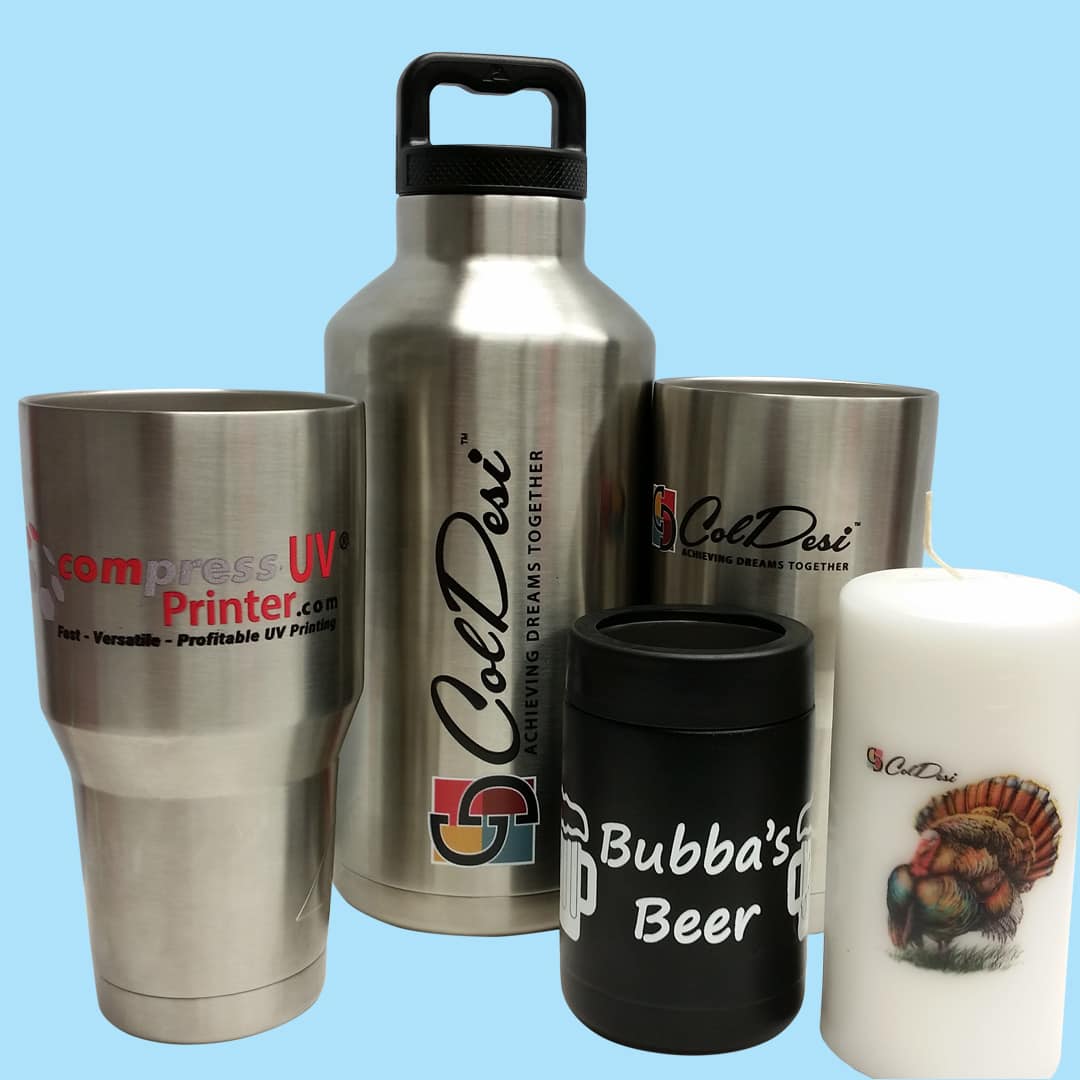

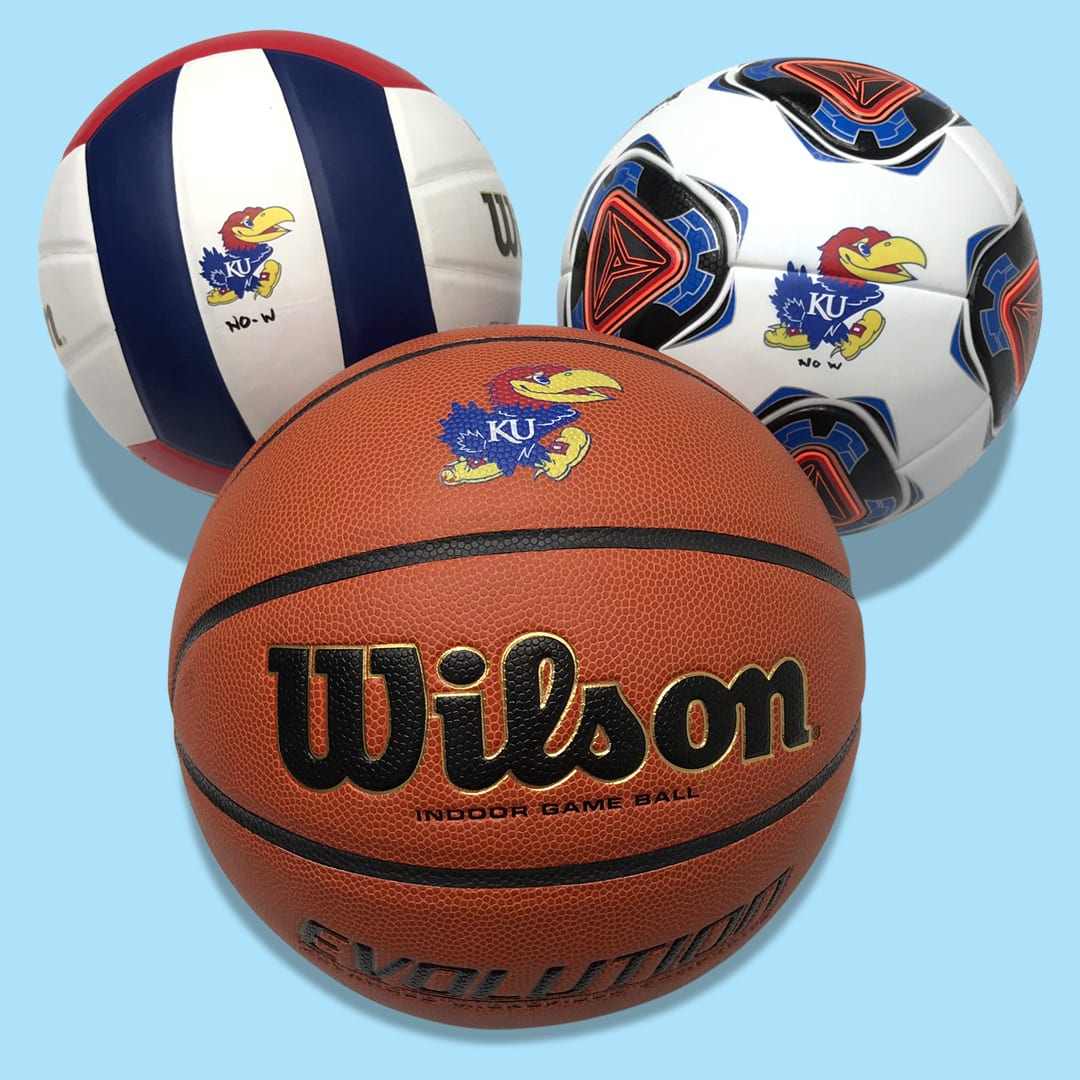
In UV’s early iterations in the digital print arena the marriage of ink to the material surface was not an easy one because, unlike solvent-based chemistry, UV-curable inks do not bond with the media itself, and this meant, inevitably, adhesion and cracking of finished prints were often unavoidable. Most scientific successes have not occurred overnight and it has been the continuation of development, some based on trial and error, that has resulted in the flexibility of today’s print engines and the behavior of their inks and curing systems.
There are two key considerations that are of vital importance when UV-curable chemistry is introduced into a print engine. The first is the ink itself which must be of the correct rheology and viscosity to be suitable for use with the chosen printhead and nozzle density; the second is the efficacy of the curing method that ultimately is responsible for providing the correct finished appearance including adhesion and color accuracy. The principal reason for the fast acceptability of UV-curable formulations into the digital printing segment was that it provided a practical panacea that could be used on a variety of different substrates, both thick and thin as well as rigid and flexible. The limitations were down the type of printing machine and the expectations of the end product.
Typically UV-curable ink formulations comprise monomers, oligomers, photo initiators, and pigments, plus additives so that, when exposed to UV light at the correct wavelength, polymerization of the monomers takes place to form a cured, or dried, finish. Used in many traditional analog environments for many years, with screen-printing, flexography, and gravure well as offset litho, these ink formulations became popular in the digital sector when greater versatility led by improved printhead technology and material coatings broadened the application options available to print companies.
Among the benefits considered by UV-curable inks were the lack of VOCs and a significant reduction in air pollution, plus the advantage of generating faster-operating speeds because of instant curing after jetting; unlike alternative chemistries drying each print did not rely on a conventional and, often, time-consuming heat source that needed to follow the actual laying down of the ink. Because the ink remains in liquid form until it is cured, printing machine maintenance was reduced because there was no longer the problem with the evaporation of solvents in the printheads that could cause clogging and nozzle damage. Additionally, the high viscosity of the chemistry also simplified the quality of droplet formation and retained fixed accuracy when cured and this has enabled print engines to operate at high speeds without compromising quality.
Now largely overcome have been shortcomings with UV-curable technologies as the inks’ viscosity can also make it less easy to produce a very smooth finish. Likewise, because the cured ink doesn’t key with the material surface the process needs to ensure that exactly the right level of UV light is being applied to ensure the right adhesion. Too much can result in a hard and brittle surface that can flake and chip while too little leaves a tacky feel to the print and this is undesirable even when free radical chemistries are employed. With this type of cure, polymerization ceases as soon as the light source has been removed and free radical systems currently represent the majority of commercial UV-based systems in use today. Conversely, cationic technology continues to cure in a daisy chain methodology even after the light source has been terminated and, while the principle was adopted by one or two manufacturers of print engines, it was not taken up as a viable option for practical reasons.
In today’s market another option has also manifested itself which, again, after a relatively slow start is now used increasingly in print engines that cover a wide range of segments where UV-curable ink is employed. Formerly mercury arc lamps were used most commonly for all applications but, while their curing properties were satisfactory, they included various disadvantages with one being the inclusion of Hg which is now being phased out as a substance which contains hazardous properties. Additionally these lamps generate high heat levels via infrared which need careful handling and can prove unsuitable when working with thin and sensitive materials. The limited lifespan of the lamps tends to be around 1000 hours with a gradual decline in efficacy during this period of use and this can result in inconsistent curing as the lamps near the end of their cycle.
The alternative to conventional UV curing involves the incorporation of LED lamps but the initial challenge to be overcome centered on their narrow spectral output, This, in turn, meant that revised formulations for inks and coatings, plus other disperse fluids, were required to work within the essential emission range. Nevertheless, UV LED has gathered momentum during the past few years and is favored increasingly as a practical option in the display industry, enabling a broader range of materials to be used, saving on energy costs, and removing the need to replace curing lamps within a relatively short period of time.
LED curing has also become valuable in the functional and industrial segments where a UV printing element might need to be part of an integrated production line or as an autonomous unit that is integral to a manufacturing process. In the conditions expected there is no latitude for a device that is bulky, and hot, because of its drying requirements, and in these situations, mercury arc curing is not a viable option. This is particularly relevant for single-pass applications where arrays of printheads are employed as well as for high-speed operations such as product coding, marking, and labeling environments.
In summary, the principle behind UV-curable production now covers a multitude of printing requirements, from wide-format graphics plus roll and sheet-fed commercial print through to packaging and labeling conversion. Specialist applications outside the conventional print arena, such as industrial coatings, are also turning to UV deposition and, increasingly, LED curing capabilities. This technology sits neatly within present-day trends for lower volumes, customization, and versioning, and for shorter turnaround times aided by efficient digital front ends and workflow practices. These criteria are all essential parts in any inkjet process but are particularly relevant where the drive from desktop to finished product is constantly increasing both production speed and versatility.
With the weight of UV-curable benefits superseding alternative inks and methodologies, manufacturers are now able to develop high-quality equipment for printing onto a vast array of media without compromise. The use of a common technology has simplified the design of bespoke machines that require specialist deposition, as well as those that rely on reliable and consistently high-quality results across many segments of the printing industry.
